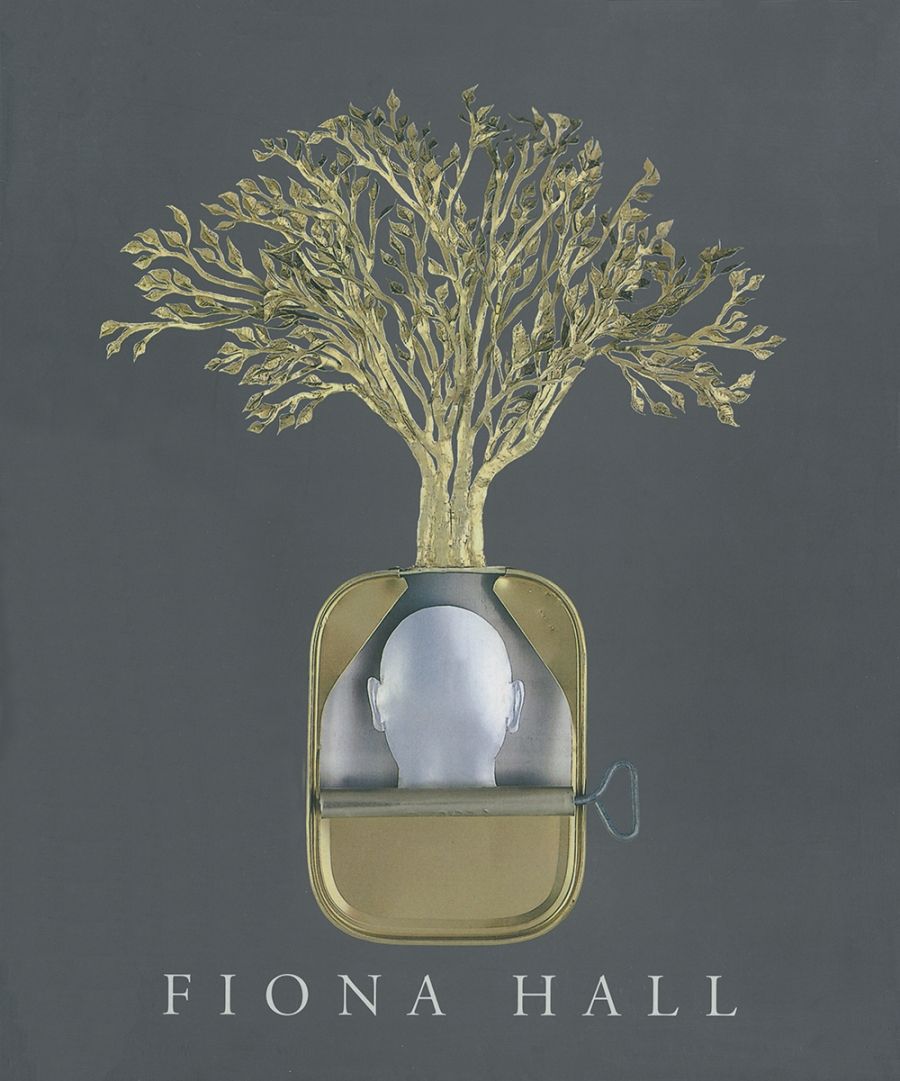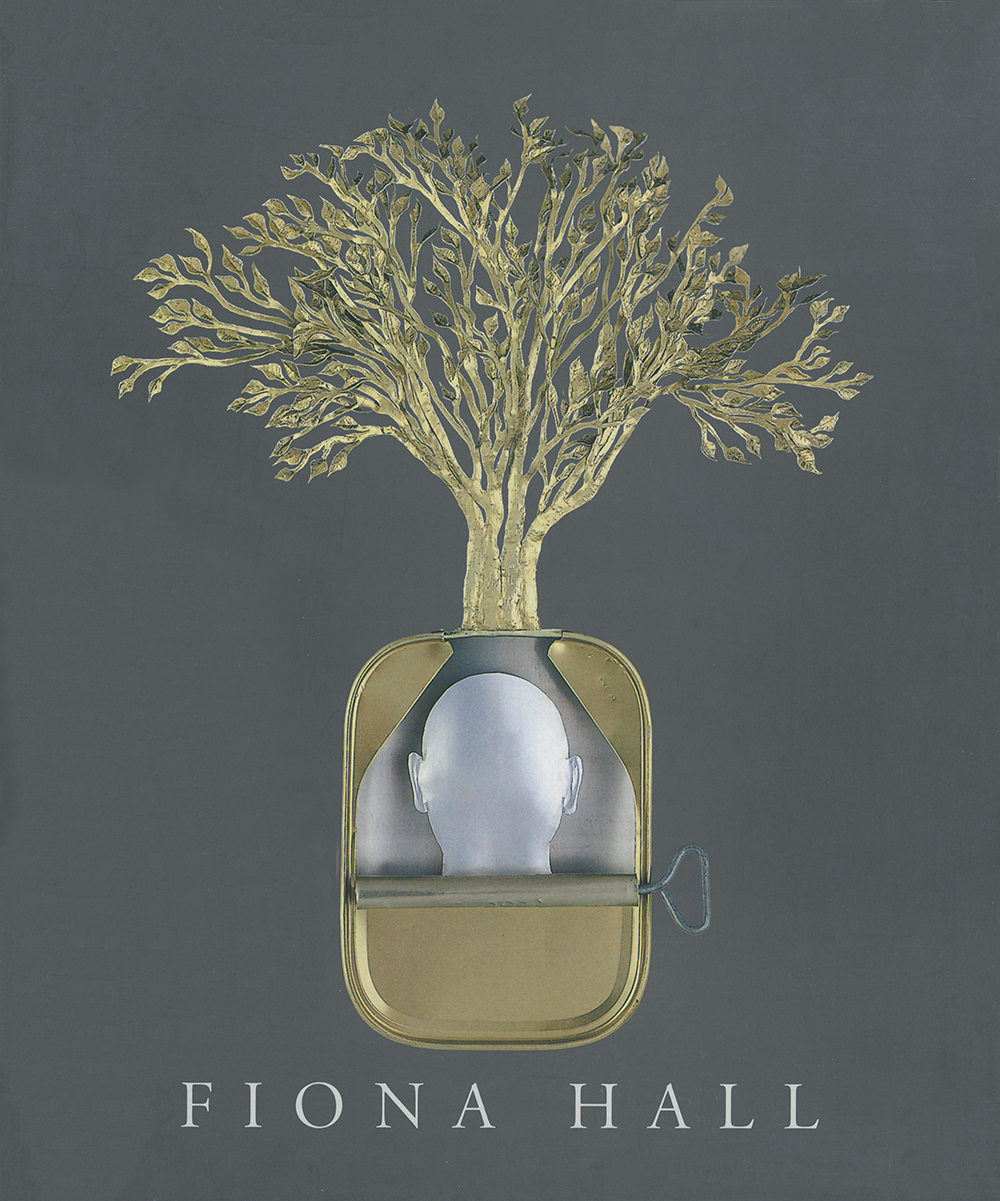
- Free Article: No
- Contents Category: Art
- Review Article: Yes
- Article Title: Scavenging meaning
- Online Only: No
- Custom Highlight Text:
For her participation in the 2002 Adelaide Biennial, Fiona Hall encapsulated her recent practice and its emphases on the fragilities of ecosystems, and on the instability of the social and political structures on which our cultures are based. She stated that ‘now we know that the seemingly infinite, disparate variety of living matter on earth, of which we are but a part, is life’s giant, polymorphic skin, encasing us all, inside which we dwell in kindred, genetic proximity’. And so it is that the seemingly infinite possibilities and disparate conceptual and material elements of Hall’s extra-ordinary practice are integrated between the covers of Julie Ewington’s outstanding monograph, Fiona Hall, which was published to coincide with the Queensland Art Gallery’s focused survey of the artist’s work since 1990.
- Book 1 Title: Fiona Hall
- Book 1 Biblio: Piper Press, $88 hb, 192 pp, 0975190113
- Book 1 Cover Small (400 x 600):

- Book 1 Cover (800 x 1200):

It is no easy task to account for the life and work of an artist, particularly one whose work is characterised by stylistic diversity and a formidable intellect. Ewington’s ambitious and thoroughly researched account does a great job of weaving together the many intellectual and formal strands of Hall’s art, and in elaborating the scholarly and creative excursions of ‘an artist possessed by an insatiable curiosity [and one who] constantly scavenges the world around her for ideas and images, searching for understanding, striving to make meaning’.
Ewington’s research exposes Hall as an artist whose work, from her student days to the present, has been based on an intuitive sense for the inherent beauty (and strangeness) of vernacular forms and an acute observation of the surrounding world. The depth of Hall’s intellectual investment in her works has its counterpoint in her labour-intensive processes, and the remarkable technical skill and virtuosity used to transform her various materials. In Hall’s art, there is a consistently incisive, imaginative integration of conceptual intention with material choices.
In seeing and making meaning, Hall’s works have examined capitalism and mass consumption, Australia’s colonial past, as well as contemporary concepts of reconciliation and tolerance across the entire social complexity of Australia. They investigate the ways that colonialism, dictatorship, economic botany, zoology, taxonomic schemes and the museum determine systems of power, knowledge, social organisation and human life. The analytical, scientific, historical and political in Hall’s works are tempered with an innate humanism, a keen wit and, as Ewington notes, a poetic sense for ‘polymorphous expressions of desire’. Hall’s works reveal the contemporary world as a planet of wonder, but one of bizarrely converging histories and existences. There are certain challenges that she lays before us: to understand and appreciate difference and to be accountable for our actions and the relationship between human beings and other species.
Raised by left-wing parents who encouraged the academic and artistic interests of their two children (Hall’s mother was a pioneering radio astronomer, and her brother is an internationally acclaimed mathematician), Hall graduated from the East Sydney Technical College in 1975. For the remainder of the 1970s and until 1990, Hall committed herself to photographic practice, initially based on images of her immediate environments. This developed into a series of images in which an idiosyncratic accumulation of collage elements, painted props and manufactured objects signals the experimentation and enquiry that form the foundations of her art, and point to the transition from two dimensions to the sculptural, installation and environmental works for which she is now so highly acclaimed.
Hall, a prolific creator, has collaborated in Ewington’s interpretation of her complex works and of the contexts in which her work has been conceived and produced. Ewington has a deserved reputation as one of the most important art writers in Australia; her imaginative and poetic turns of phrase, and her command and effortless integration of art and social histories, make the text of this book as captivating as its illustrations.
This much anticipated and stylish book provides an intelligent and absorbing visual journey through this important artist’s work. Piper Press deserves special commendation for its design standards and quality reproductions, and for its commitment to what is an essential publication.


Comments powered by CComment